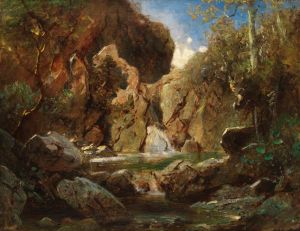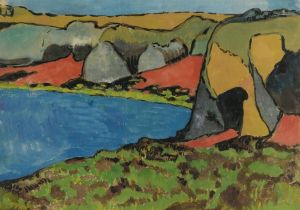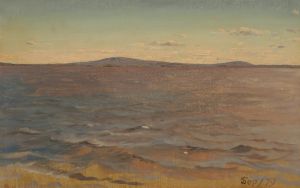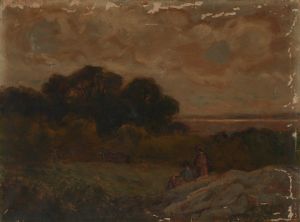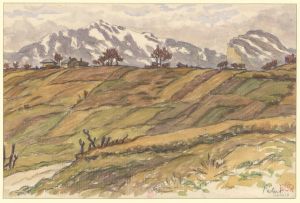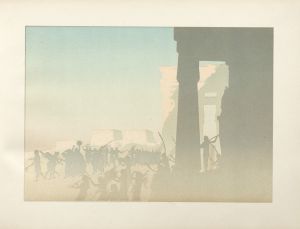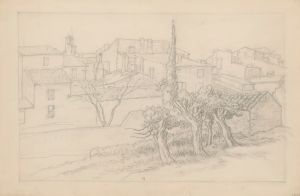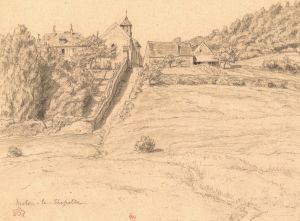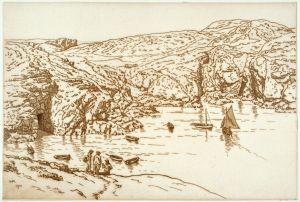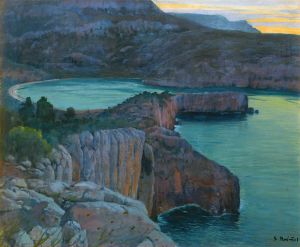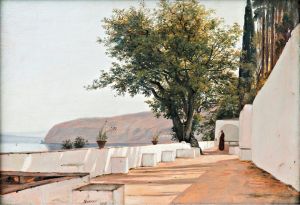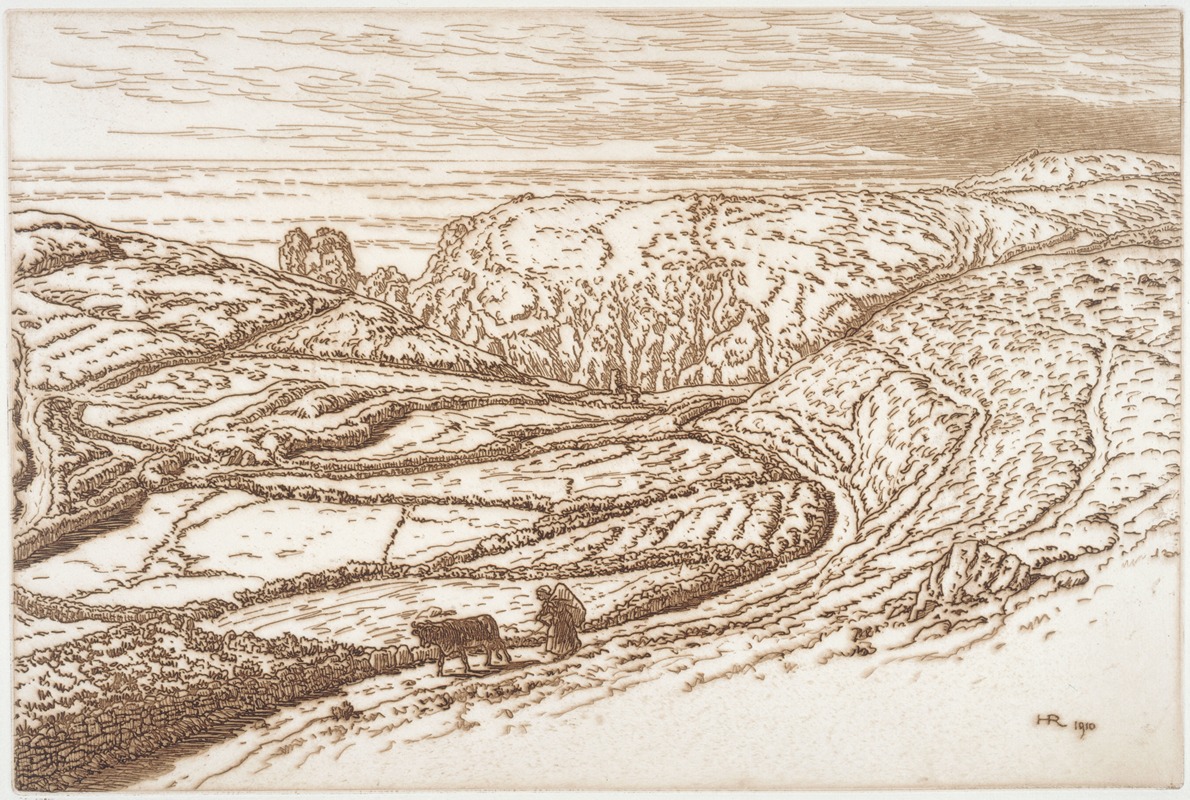
Vallon près de la Pointe du Raz
A hand-painted replica of Henri Rivière’s masterpiece Vallon près de la Pointe du Raz, meticulously crafted by professional artists to capture the true essence of the original. Each piece is created with museum-quality canvas and rare mineral pigments, carefully painted by experienced artists with delicate brushstrokes and rich, layered colors to perfectly recreate the texture of the original artwork. Unlike machine-printed reproductions, this hand-painted version brings the painting to life, infused with the artist’s emotions and skill in every stroke. Whether for personal collection or home decoration, it instantly elevates the artistic atmosphere of any space.
Henri Rivière (1864–1951) was a French artist known for his contributions to printmaking and his innovative use of color and composition, often inspired by Japanese ukiyo-e prints. One of his notable works is "Vallon près de la Pointe du Raz," which translates to "Valley near the Pointe du Raz." This artwork is part of Rivière's celebrated series "Les Trente-six Vues de la Tour Eiffel" ("The Thirty-Six Views of the Eiffel Tower"), created between 1888 and 1902. The series was directly influenced by Katsushika Hokusai's "Thirty-Six Views of Mount Fuji" and reflects Rivière's fascination with Japanese aesthetics.
"Vallon près de la Pointe du Raz" depicts a serene landscape near the Pointe du Raz, a rugged promontory in Brittany, France, known for its dramatic cliffs and sweeping views of the Atlantic Ocean. The composition captures the natural beauty of the region, emphasizing the interplay of light, shadow, and texture. Rivière's use of soft, muted colors and delicate lines evokes a sense of tranquility and harmony, characteristic of his style.
The artwork is a lithograph, a medium Rivière frequently employed to achieve subtle gradations of tone and color. His mastery of this technique allowed him to create images that were both detailed and atmospheric. The piece reflects Rivière's deep appreciation for the landscapes of Brittany, a region he often visited and depicted in his works.
"Vallon près de la Pointe du Raz" exemplifies Rivière's ability to blend traditional European artistic techniques with influences from Japanese art, resulting in a unique and innovative visual language. The work is celebrated for its artistic merit and its role in the broader context of late 19th and early 20th-century art, during which cross-cultural exchanges significantly influenced Western artists.
Today, Henri Rivière's works, including "Vallon près de la Pointe du Raz," are held in various public and private collections, and they continue to be studied and admired for their technical skill and aesthetic qualities.





